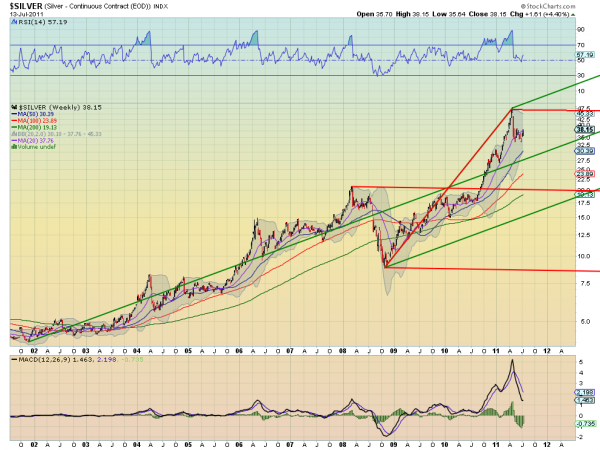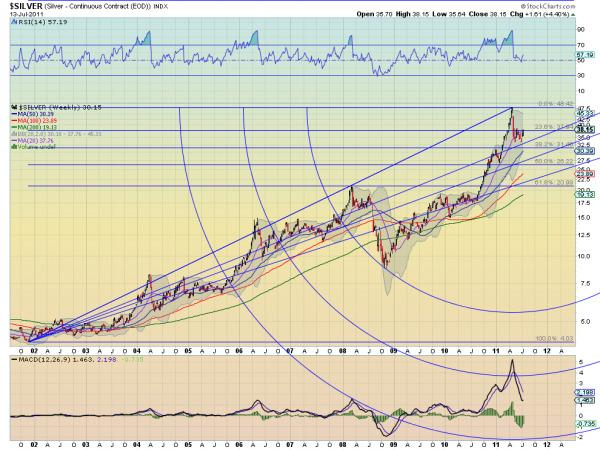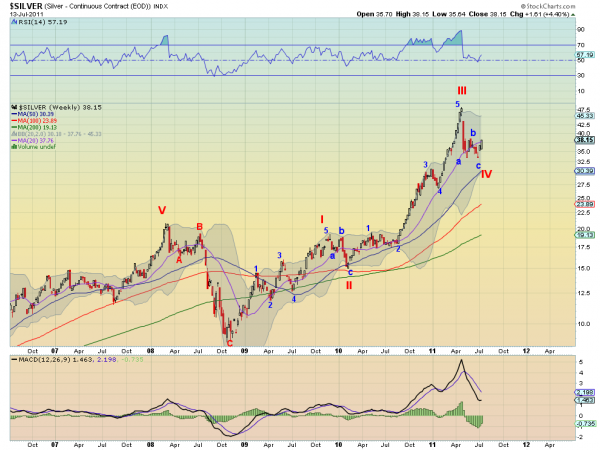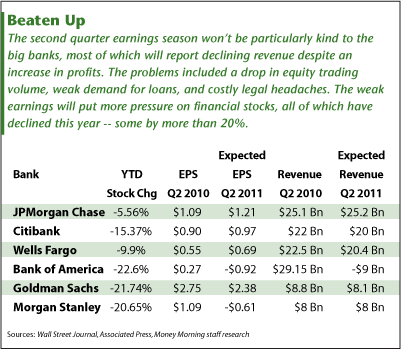Would Moody's trump Ben Bernanke?
The ratings agency's placement of America's AAA credit rating on watch for a possible downgrade won out in many Asian share markets.
Tokyo's Nikkei index, for instance, closed 0.3% lower, despite factoring in as well comments from Mr Bernanke, chairman of the Federal Reserve, earlier yesterday that the US central bank was "prepared to respond" if economic stimulus is needed.
But farm commodities at least held firm in the face of the Moody's threat, predicated on the risk of US politicians failing to agree an extension to the country's debt ceiling.
Laggards
OK, cotton struggled, as a non-food farm commodity which, as more of a discretionary purchase, can be more sensitive to economic factors.
New York's new crop December contract stood 3.2% lower at 105.00 cent a pound as of 07:40 GMT (08:40 UK time).
Tokyo rubber, another inedible crop, eased too, down 0.2% at 375.40 yen a kilogramme.
And this when latest Chinese data has given some hope to demand, putting production up 5.4% in June from a year before.
Soaring temperatures
However, grains held ground gained in a round of advances which saw east coast Australian milling wheat, for January, add 3.0%.
Dollar weakness, another product of the US economy talk, down 0.3% against a basket of currencies, helped commodities' cause, improving their competitiveness as exports.
So did the mounting fears for the US weather, and the prospect of a hot spell due to hit the Midwest this weekend.
"Daytime temperatures in Nebraska and Minnesota are forecast to approach 45 degrees Celsius (113 degrees Fahrenheit) for several days, and may start to reduce corn yield potential," Australia & new Zealand Bank said.
In Iowa, Mike Mawdsley at Market 1 said: "From here on it's weather. Worries about ridging, heat, dryness, etcetera during blooming and pollination is the news item for grains."
Intensifying heat
And latest weather model results offered no more hope for farmers, with the European one retaining a forecast that it will be "hot over the Plains and Midwest", WxRisk.com said.
"The heat dome appears over the central Plains and Mississippi Delta on July 15, and intensifies over the next several days, with the core of the dome being centred over western Missouri, eastern Kansas and southern Iowa."
"The dome reaches its peak intensity over the central plains and the western Corn Belt on July 18, then slides east on July 20 [bringing] very hot temperatures and no rains into the heart of the eastern Corn Belt for several days."
Crop setbacks
At North America Risk Management Services, Jerry Gidel said that "given 2011's corn development being significantly behind", with pollination lagging distantly the normal pace, "this important bushel-producing function for corn could be at risk".
Chicago corn for December, the first new crop contract, edged a further 0.2% higher to $6.82 ¼ a bushel, with the September lot up 0.4% at $6.89 ½ a bushel.
And soybeans were a touch stronger too, up 0.3% to $13.84 ¼ a bushel for the new crop November contract, and 0.4% to $13.80 ¾ a bushel for August delivery.
"While soybeans may not yet be in key blooming and pod-filling stages across a wide swathe of the Corn Belt, next week's heat will extend from the Delta to Wisconsin and from the western Plains to the Atlantic coast, stressing an immature crop," Kim Rugel at Benson Quinn Commodities said.
Correction ahead?
Not that there aren't concerns over recent gains.
"Remember, weather forecasts can change," Market 1's Mike Mawdsley advised, suggest investments "may want to at least consider puts should the highs be tested".
At Benson Quinn, Brian Henry had severe reservations about wheat, saying it was "setting up for someone to really get clobbered in this trade.
"While Russia continues to offer supply at $230 a tonne for 11.5% [protein] and $250 for 12.5%, French and US wheat futures continue to climb effectively resulting in a $50 premium to the Russian offers. "
The grain was a smidgen behind its Chicago peers, adding 0.2% to $7.15 ¾ a bushel for September delivery, and 0.2% to $7.44 ¼ a bushel for December.
Data later
For now, anyway, with export data later on, besides the weather outlook, potentially set to move the market.
Especially when investors have huge expectations for US corn exports in the latest week, with talk of a high for the 2010-11 marketing year and figures up to 2.0m tonnes. That would eclipse the previous week's healthy 1.5m tonnes.
Soybean sales are expected to show at least a small improvement on last week's 435,000 tonnes, and wheat meet or beat the previous figure of 424,000 tonnes.












